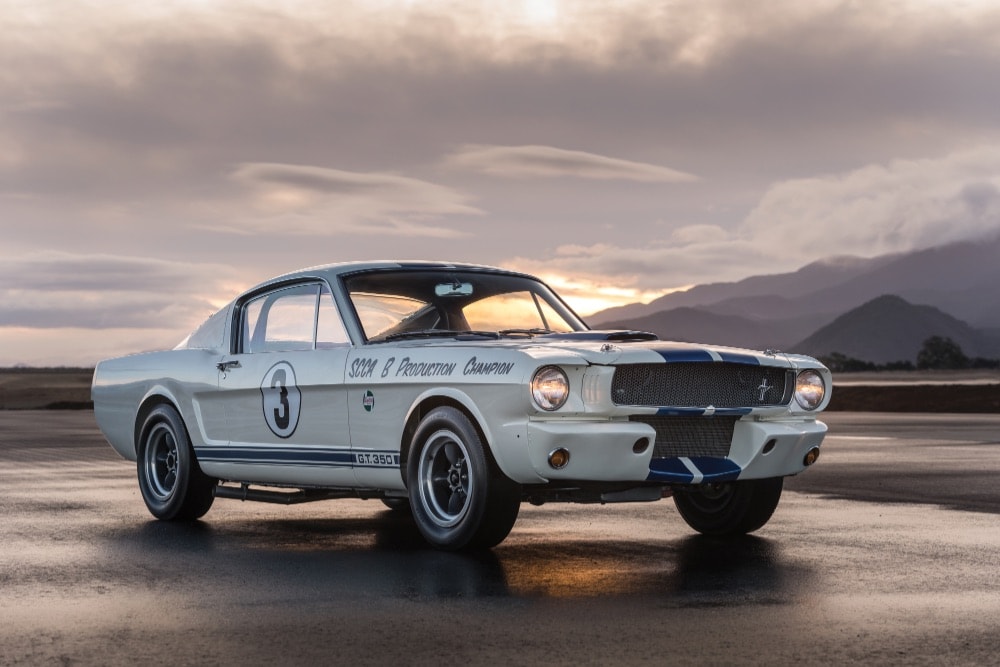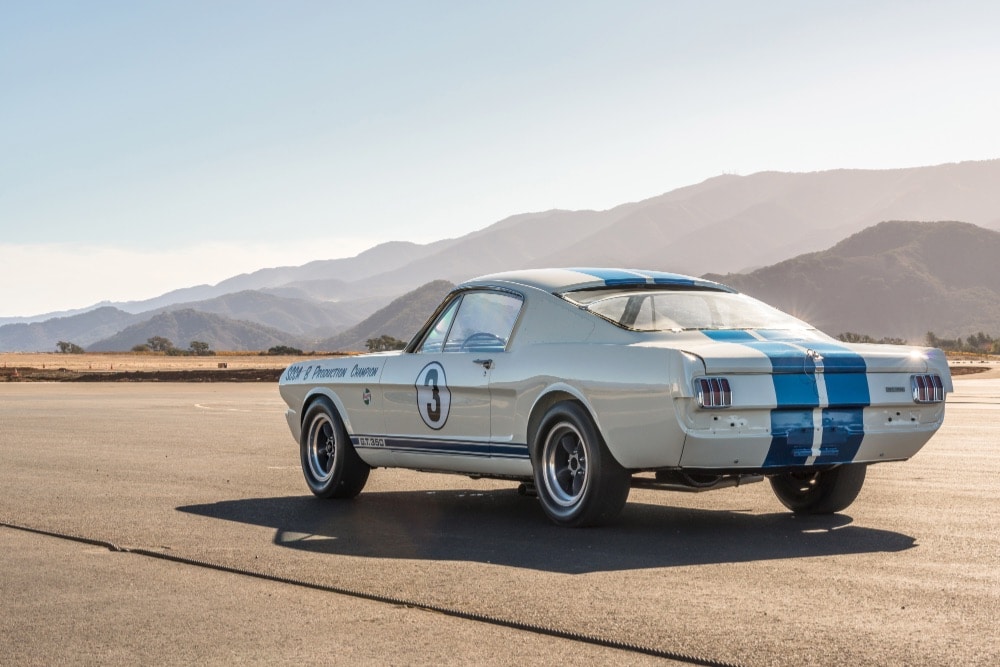The Ford Mustang has been around for almost six decades as one of the most successful nameplates in the car industry. With over 10 million Mustangs leaving the factory, the Mustang’s impact on the industry is beyond immense. Over the years, many of these crazy wild horses gained worldwide recognition on a mainstream level.
However, today, we’ll not discuss those well-known models and common-spec cars. Instead, we’ll concentrate on those “evil twin” Mustangs. These cars have crazy engines and brutal performance which makes them illegal for the road – or just barely legal. All of them are rare and limited-production items. Some flew under the radar while others became household names. However, one thing is sure – all are Mustangs so crazy, they should hardly be allowed on the streets.
Shelby GT350 R

Carroll Shelby started building Mustangs in 1965 as fire-breathing machines that brought Ford some much-needed recognition and performance credentials. But the cars responsible for racing success were 34 “R” models only made in 1965. They were sold to privateers and racing teams all over America and the world. Those cars were not street-legal and were used purely for racing purposes, which they did exceptionally well (via Motor Trend).

The GT350 R had numerous modifications. It was also lighter, faster, and sharper than the regular GT350. The same 289 V8 powered the R version as the standard Shelby GT350, but it had close to 400 hp and numerous racing modifications. The car was light, well-balanced, and proved extremely fast, winning multiple races in America as well as in Europe and South America.
